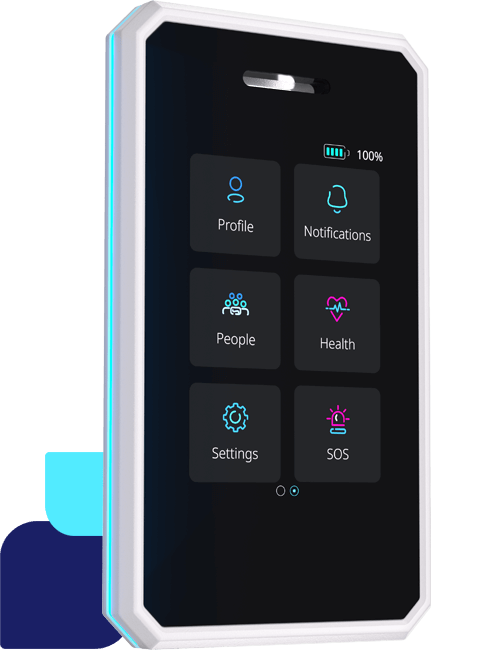- 36.8 million working days lost every year due to non-fatal workplace injuries or work-related ill health
- Over 500,000 accidents a year going unreported by employers (vs. labour survey figures)
- Cost of workplace injuries/ill health to Britain estimated to be £18.8 billion
- An average of 100,000 people absent every day.
Before we delve into the numbers, here a couple of things to note. COVID-19 might have affected these figures (we have compared statistics between the years 2019 – 2022) also, a self-reported illness or injury doesn’t necessarily that mean time off work was taken. With that in mind, here is what we found workplace health looks like in the UK.
36.8 million working days lost every year
Statistics from HSE reveal that approximately 36.8 million working days every year due to non-fatal workplace injuries or work-related ill health. That’s a pretty startling number. At the time of writing, the population of Britain is around 67.33million people and the working portion of that population totals approximately 32 million.
If we divide the number of working days lost by number of days in a year, this tells us that:
On average,
over 100,000 people are off work every single day
due to workplace injuries or illness.
That makes 1.15 days per person a year
There are more absences than there are people in work, (meaning each working person takes an average of 1.15 days off a year due to a workplace related illness or injury. Let’s remind ourselves, this statistic only refers to workplace related illnesses or injuries, not illnesses or injuries from outside the workplace.
In an ideal world this number would be zero – it’s clear that there’s quite a way to go to achieve that figure. Employers need to start looking to solutions which improve safety and wellbeing in the workplace in order to reduce the number and improve absence figures.
Over 500,000 extra illnesses & injuries self-reported vs. number reported by employers
Shockingly, HSE also reports that self-reported incidents from the labour-force survey totalled 565,000 however employers only reported 61,713 throughout the year.
The HSE website even states this: “It is known that employers substantially under-report these non-fatal injuries”.
Clearly, the systems in place are failing to encourage proper reporting of illness & injuries. By implementing better technology, companies can improve the reporting of illnesses and injuries by encouraging the labour force to self-report in the first place. These reports should not be punished or berated, but used as valuable information that can help to improve workplace accident statistics, which could ultimately improve workforce job satisfaction through better health and safety, improve overall productivity, as well as save the company time and money.
30% of accidents are reported as falls
30% of all reported accidents were listed as “falls from the same level”. Employers can easily improve their reporting in this regard through the use of technology.
Sense Badges have a built-in accelerometer which records falls and can send for help. So, if and when a fall occurs, not only can a worker easily get assistance if needed, but the accident can properly recorded and reported, and preventative action can be taken where possible to prevent occurrences in future.
This could be a simple step toward bridging the gap of unreported illness & injuries.
The cost to Britain estimated to be £18.8 billion
It’s individuals who predominantly bear the costs of workplace related illness or injury. Over £10billion of the estimated £18.8billion cost to Britain in 2019/2020 was borne by individuals paying for their own recoveries. Employers and taxpayers made up the rest of the costs.
We’re pretty convinced that individual employees would be more willing to encourage reporting of illness and injuries properly to help avoid occurrences, if they were more aware that it’s those same individuals who end up footing the majority of the bills.
Is it the responsibility of employers to put the systems in place to help do that?
We can improve.
Can employers do more to protect their employees? We’ve seen supermarkets offer out body cams, but what about industries like construction which holds the highest accident rates? And how about mental health and wellbeing? Are we doing enough to help employees in that respect?
Workplace health and safety is a complicated issue with a lot of moving parts, but if one thing is certain, there are improvements to be made.
We’ve sourced the numbers for this article directly from HSE website, comparing available figures from differing statistics and reports between the years 2019-2022.







